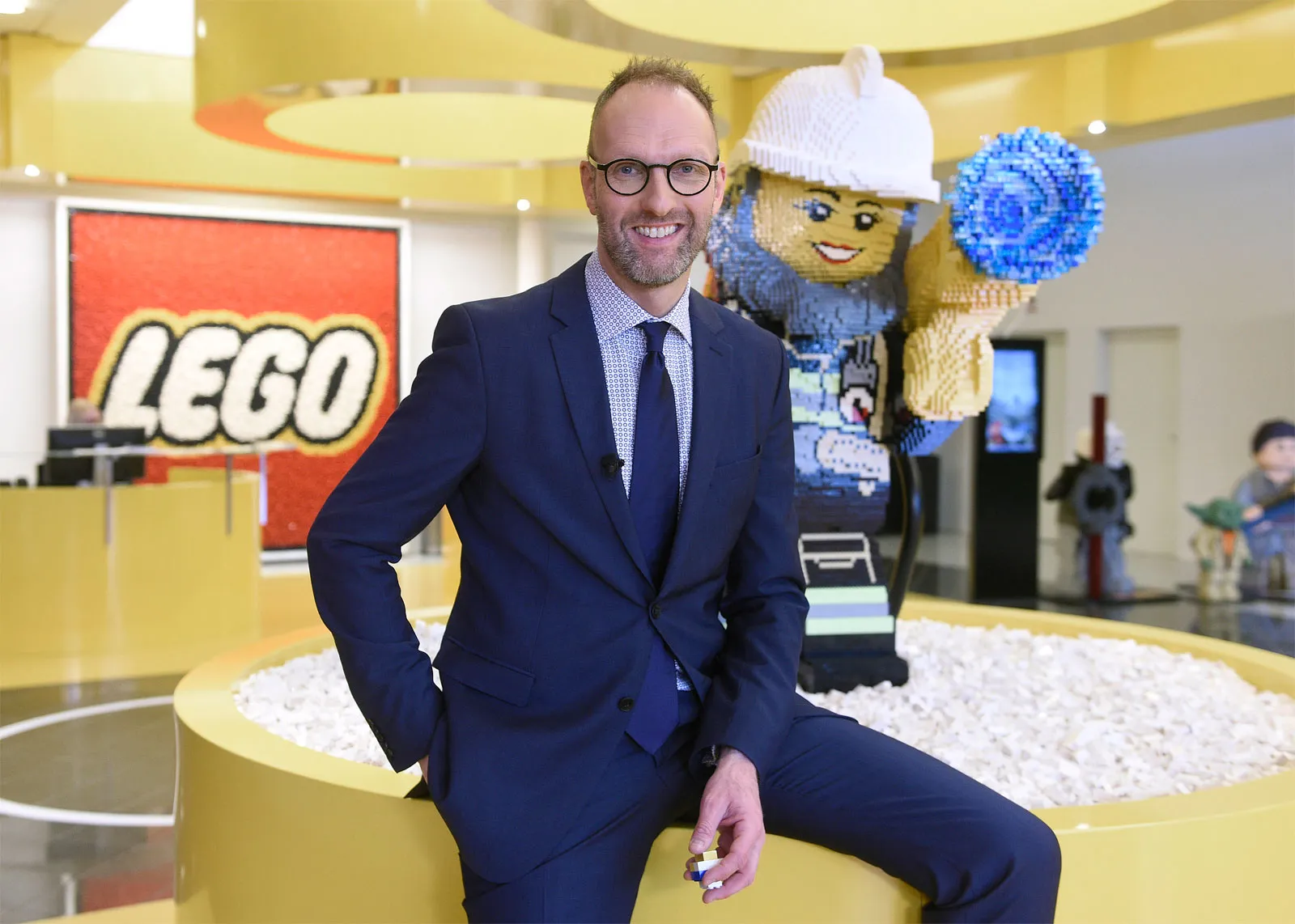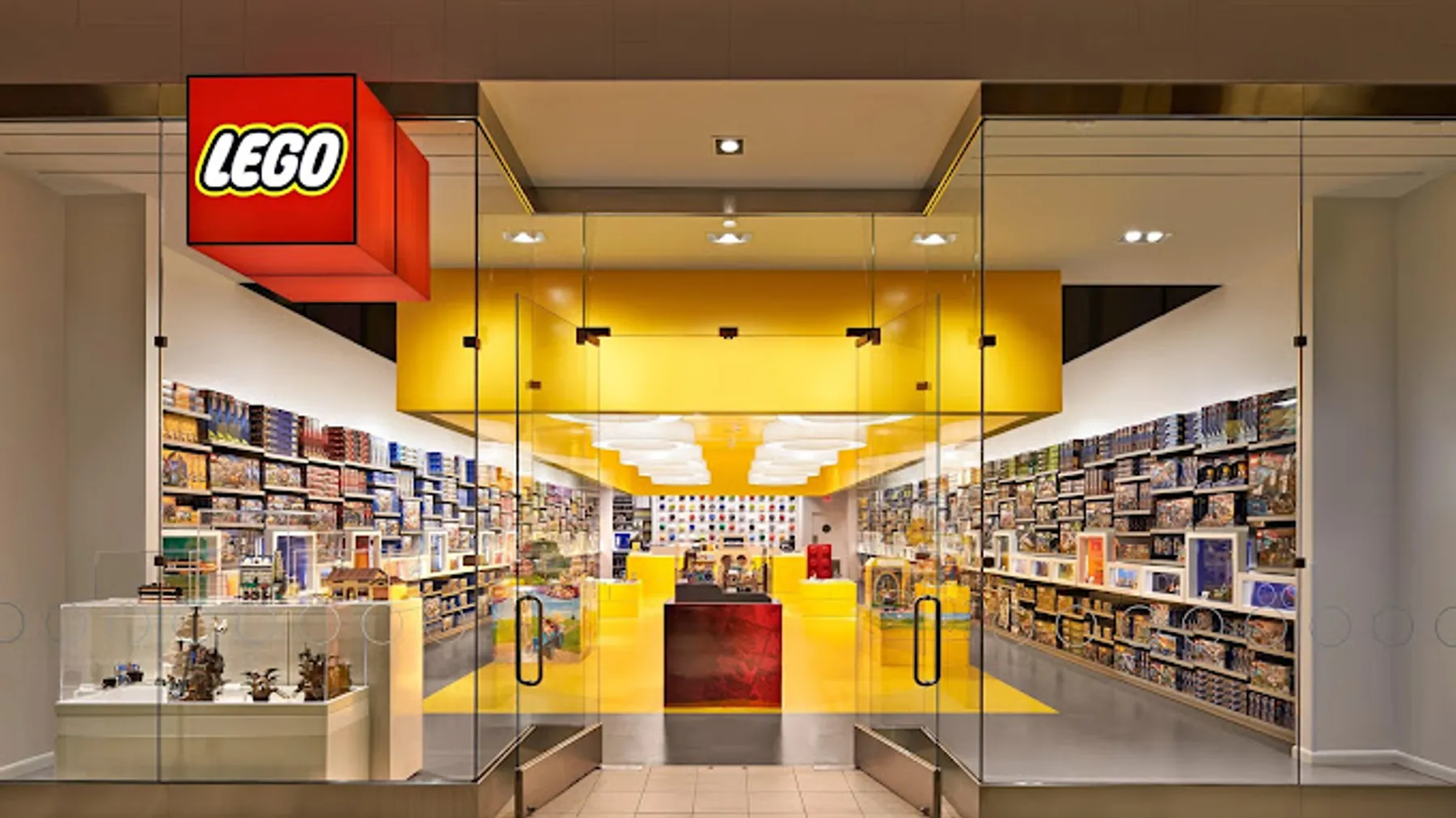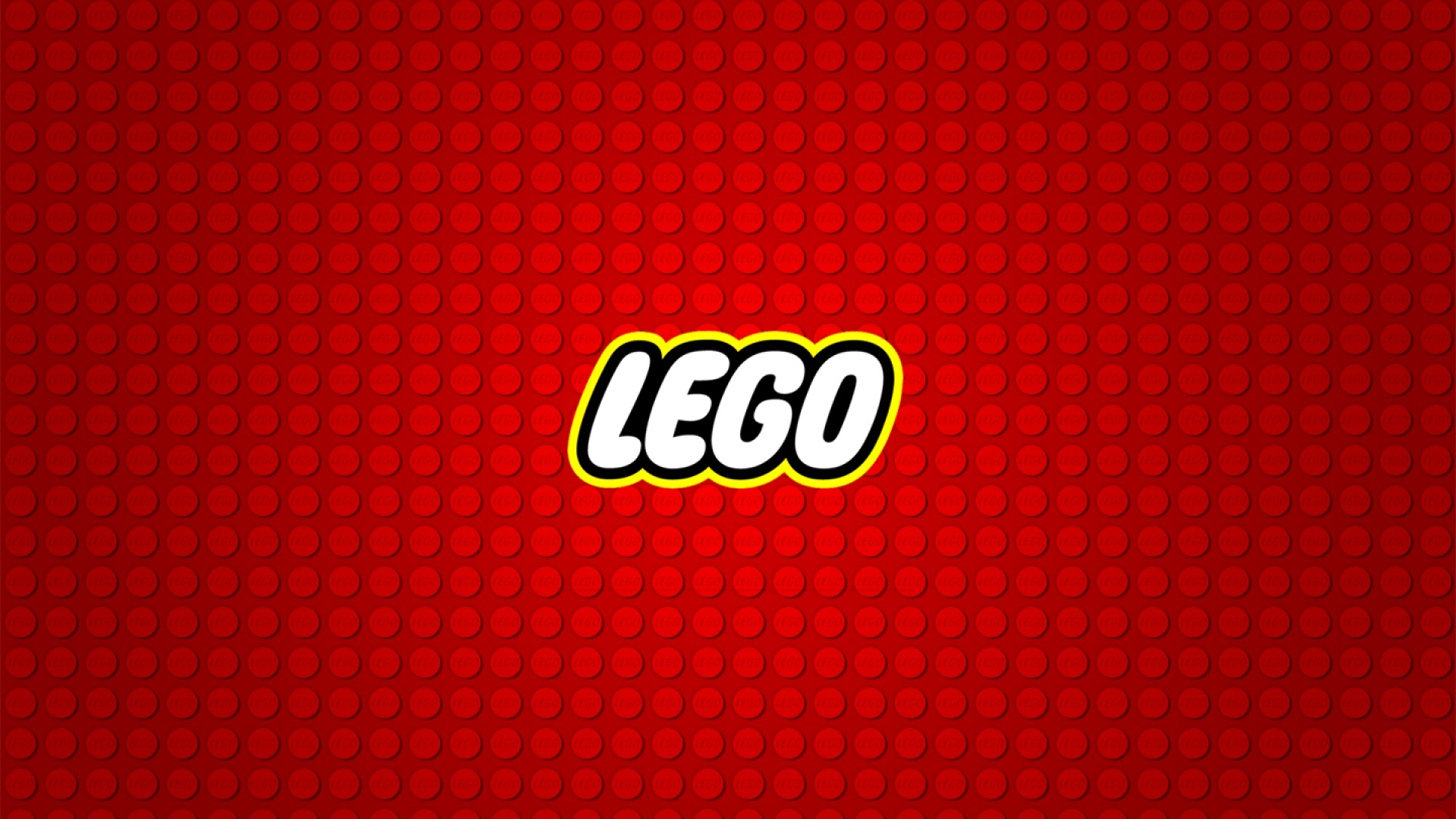In the shadow of today's bustling holiday markets, where families scramble for the perfect gift, it's hard to imagine LEGO once stared down total ruin. Just over two decades ago, the Danish powerhouse behind those endless brick creations bled cash at a staggering rate, dropping $1 million daily by 2003. Factories choked on more than 12,000 unique parts, supply chains tangled in chaos, and a frenzy of misguided expansions left the company buried under $800 million in debt. The magic that sparked childhood dreams nearly flickered out forever, a heartbreaking twist for a brand woven into generations of joy.
Yet, as November 2025 unfolds with LEGO's latest holiday push—a vibrant campaign urging families to rediscover play amid the season's rush—the company's ironclad resilience shines brighter than ever. New sets like the majestic Star Trek U.S.S. Enterprise and the whimsical Tropical Aquarium fly off shelves, proof that the lessons forged in crisis still fuel explosive growth. Revenues now top $9 billion annually, and the brand's market value soars past $12 billion, turning yesterday's peril into a blueprint for unbreakable success.
Teetering on the Edge: LEGO's Darkest Hour
The early 2000s hit LEGO like a storm no one saw coming. Aggressive pushes into video games, clothing lines, and theme parks stretched resources thin, while rivals like video consoles chipped away at traditional playtime. Production lines ground to a halt under the weight of endless variations, each new theme demanding custom molds that ate up capital without delivering hits. Employees watched in dismay as beloved projects gathered dust, and the once-vibrant Billund headquarters buzzed with fear of shutdowns.
By 2003, losses mounted to $220 million that year alone, pushing the family-owned firm to the verge of bankruptcy. Stakeholders whispered about asset sales, even as kids worldwide clamored for the bricks that built their worlds. The emotional toll weighed heavy, families who had poured their lives into the company bracing for an end to a legacy started in a carpenter's workshop nearly a century before.

Jørgen Vig Knudstorp led LEGO from near collapse in the early 2000s to a $12 billion empire by streamlining operations and engaging fans worldwide.
The Architect of Recovery: Jørgen Vig Knudstorp Steps In
Jørgen Vig Knudstorp, a soft-spoken insider with deep roots in the company, took the CEO reins in 2004 armed with unflinching resolve. He dove straight into the mess, slashing product lines from thousands to a lean core of essentials that captured imaginations without overwhelming operations. Factories breathed easier as unique parts dropped below 7,000, freeing up cash for what worked: timeless building kits laced with storytelling magic.
Knudstorp forged alliances with cinematic giants like Star Wars and Harry Potter, injecting fresh energy into sets that flew off shelves and reignited fan passion. He turned outward too, tapping adult enthusiasts through online forums and fan events, their ideas shaping innovations that felt personal and alive. This human touch, blending Danish humility with bold vision, wove emotion back into the brand, reminding everyone why LEGO endured beyond trends.
Business scholar David Robertson, co-author of Brick by Brick, captures the raw intensity of this pivot. He describes Knudstorp's era as a "gut-wrenching purge that saved the soul of play," highlighting how ruthless cuts unearthed the pure joy buried under corporate excess. That emotional clarity, Robertson argues, transformed despair into a surge of creativity still echoing today.
Building a Financial Fortress: The Hidden Power of Cost Discipline
At the heart of LEGO's escape from the abyss lies a gritty financial tactic often overlooked in flashy turnaround tales: relentless cost discipline through operational streamlining. This means stripping away the noise—those sprawling product variants and side ventures—to laser in on high-margin winners, boosting cash flow without slashing quality. In plain terms, it's like decluttering a jammed toolbox to grab the right wrench fast, ensuring every dollar spent builds value instead of waste.
Knudstorp's team audited every brick, axing low performers that tied up 30 percent of inventory costs, according to internal reviews from the era. This shift unlocked $300 million in annual savings by 2006, flipping red ink to black and fueling reinvestment in hits like licensed themes. Fast forward to now, and that discipline powers LEGO's edge in a volatile market, where supply chain snags plague others. A 2024 industry report pegged toy sector recovery rates at just 25 percent for overextended firms, yet LEGO's focused model achieved full rebound in under five years, a stark outlier.
According to analysis reviewed by Finance Monthly, this approach offers everyday entrepreneurs a lifeline too. Small business owners drowning in custom orders can mimic it by tracking "part proliferation"—the sneaky creep of too many options eroding profits—and prune boldly. Imagine a local bakery ditching 50 niche pastries for 10 crowd-pleasers; margins could jump 15 percent overnight, echoing LEGO's playbook. The insight here cuts deep: true financial armor isn't about hoarding cash, it's forging habits that turn vulnerability into velocity, a lesson as vital in 2025's economic headwinds as it was back then.

Inside the Lego Store — where nostalgia meets creativity. Crowds of families and “kidults” alike hunt for the latest collectible sets as UK toy sales surge once again.
LEGO's Legacy: Bricks That Bind Generations
From near-collapse to crowning the toy throne, LEGO's arc stirs the soul with its unyielding spirit. Overtaking Mattel in 2014 with $5 billion in sales, the company now crafts experiences that bridge kids and parents, fueling a $12 billion valuation that defies recessions. As 2025's Black Friday deals spotlight sets like The Goonies remake, Knudstorp's blueprint endures, proving focus and heart can rebuild empires from rubble.
This isn't just history—it's a living rally cry for anyone facing their own financial storms, whispering that collapse isn't fate if you're willing to rebuild smarter.
Beyond the Bricks: What Readers Are Raving About
How Close Did LEGO Really Come to Bankruptcy in 2003?
LEGO teetered perilously near the edge that year, with daily losses hitting $1 million and total debt eclipsing $800 million. Internal memos revealed frantic board meetings debating liquidation, as banks circled warily. Yet, the company's family ties and loyal fanbase bought precious time, allowing Knudstorp's team to rally suppliers and trim fat aggressively. Without those cuts, experts estimate LEGO would have filed by mid-2004, erasing a cultural icon overnight. Today, that brush with doom underscores the fragility of even beloved brands in unchecked growth sprees.
What Made Jørgen Vig Knudstorp's Strategy So Revolutionary?
Knudstorp revolutionized LEGO by flipping the script from endless expansion to empowered simplicity, consulting fans directly for ideas that resonated deeply. He shuttered unprofitable parks and games, redirecting funds to core bricks enhanced by blockbuster ties like Harry Potter, which spiked sales 300 percent in licensed lines. This fan-first ethos, rare in corporate playbooks, built emotional loyalty that buffered future dips. His tenure, spanning 2004 to 2017, not only erased debts but embedded a culture of joyful efficiency, still driving 10 percent yearly growth as of 2025.
How Does LEGO's Turnaround Inspire Modern Businesses Today?
LEGO's revival lights a fire for startups and giants alike, showing how pruning excess unlocks explosive potential in tight economies. With inflation biting in 2025, firms emulate its cost discipline to weather storms, like e-commerce brands culling SKUs for 20 percent profit lifts. The emotional win? It proves resilience stems from reconnecting with your "why"—for LEGO, unbridled creativity. Business coaches now cite it in workshops, urging leaders to channel that Danish grit, turning potential wipeouts into stories of soaring reinvention that captivate teams and customers.













